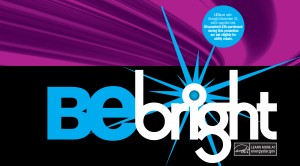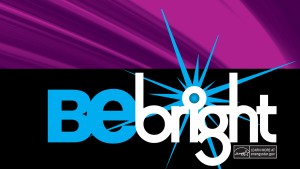The Minnesota Department of Commerce, Division of Energy Resources and the Better Business Bureau of Minnesota and North Dakota have issued an alert to consumers who are considering the purchase of radiant barriers in their attics. Both Commerce and the BBB have received numerous reports of salespeople pitching the radiant barrier product at free dinners throughout Minnesota.
“We want consumers to know that radiant barriers are not a cost-effective way to reduce heating or cooling loads in Minnesota,” said Commerce Commissioner Mike Rothman. “Radiant barriers in attics may be valid for homes in southern states, but they save very little energy in Minnesota homes. They are a dubious energy investment—a bad deal for Minnesota homeowners.”
Radiant barriers consist of a reflective film, usually aluminum, laid over the top of attic insulation in existing homes. They are sold as an energy-saving product, with claims of significant reductions in both heating and cooling costs. However, their potential benefit is primarily in reducing air-conditioning cooling loads in warm or hot climates and in buildings with little or no insulation.
A Radiant Barrier Fact Sheet compiled by the Oak Ridge National Laboratory for the U.S. Department of Energy shows that the benefits of radiant barriers decrease significantly as one travels north. In southern cities like Miami, Fla., or Austin, Texas, radiant barriers could reduce one’s utility bill by as much as $150 per year using average residential electricity prices. But by the time you reach colder climate states such as Minnesota, where air-conditioning loads are considerably less, savings drop to only $10 to $40 a year. If there are no ducts or air handlers in the attic, the savings are much less.
If the price to install the radiant barrier is $2,500 or more and the consumer only saves $25 per year, it would take at least 100 years to pay back the investment. It’s also important to note that radiant barrier products have negligible benefit in reducing heating costs. It is unlikely that most Minnesota consumers would realize any measurable energy savings from radiant barriers in attics.
Buyers beware, know what you’re getting
“We strongly urge all consumers to be cautious, conduct due diligence, and explore other proven means to make their homes and businesses more energy efficient,” said Rothman. “Don’t be misled by ‘deals’ or ‘pilot programs’ available for a limited time only. Get input and bids from at least three contractors, and make sure those contractors are reputable.”
The U.S. Department of Energy and Minnesota Department of Commerce agree that, in Minnesota, implementing air sealing and adding conventional attic insulation would be considerably cheaper and much more effective for saving energy than installing a radiant barrier. In fact, as attic insulation levels increase, the potential benefits from a radiant barrier decrease. Getting a home energy assessment through your gas or electric utility is encouraged as a first step to identifying cost-effective energy improvements. Consumers can contact their utility to arrange an energy audit.
Before purchasing any energy-saving product, the Minnesota Department of Commerce and Better Business Bureau of Minnesota and North Dakota advise you to:
- Always research the business at bbb.org.
- Ask for references and proof the company can substantiate their claims.
- Do the math and figure out how long it will take to recoup your investment.
- Verify a working address, phone number and website to ensure that you can contact the business with any questions or concerns.
- If you have an unresolved issue or concerns about a questionable sales pitch regarding energy-saving devices, be proactive and file a formal complaint with the BBB at: the Federal Trade Commission, as well as with your state Attorney General’s Office.
- Check energystar.gov to be sure the business or product is Energy Star approved.
The BBB also offers the following tips to consider before attending a free luncheon seminar:
- Be aware that in most cases presenters will promote their products or services. Typical products sold at these seminars include energy-saving products, self- help materials, investment plans or websites for home-based businesses.
- Do not be pressured into signing a contract or making a purchasing decision. Take as much time as you need to evaluate the company’s claims and/or the promotional materials you receive.
- Read and understand all materials carefully before signing anything. Be sure to look for information on guarantees, warranties and refund policies.
- Remember the FTC’s Cooling-Off Rule gives you three business days to cancel a contract if you sign it in your home or at a location other than the contractor’s permanent place of business, such as a restaurant or hotel/motel room.
- Be sure to note any differences between the product at the luncheon and the product received if purchased.
For more information on insulation and other energy-efficient measures to improve your home, contact the Division of Energy Resources at 800-657-3710 or 651-539-1886 or visit the Minnesota Department of Commerce – Energy Division site. The website offers home energy guides, including the “Home Envelope” (.pdf) consumer guide that includes information on a wide range of energy efficiency topics (including air sealing and insulation) and choosing a contractor.


